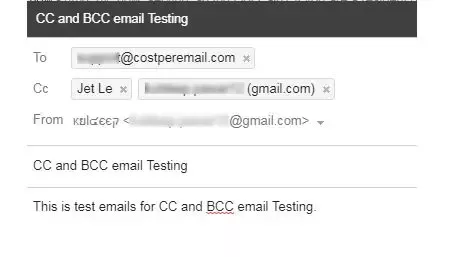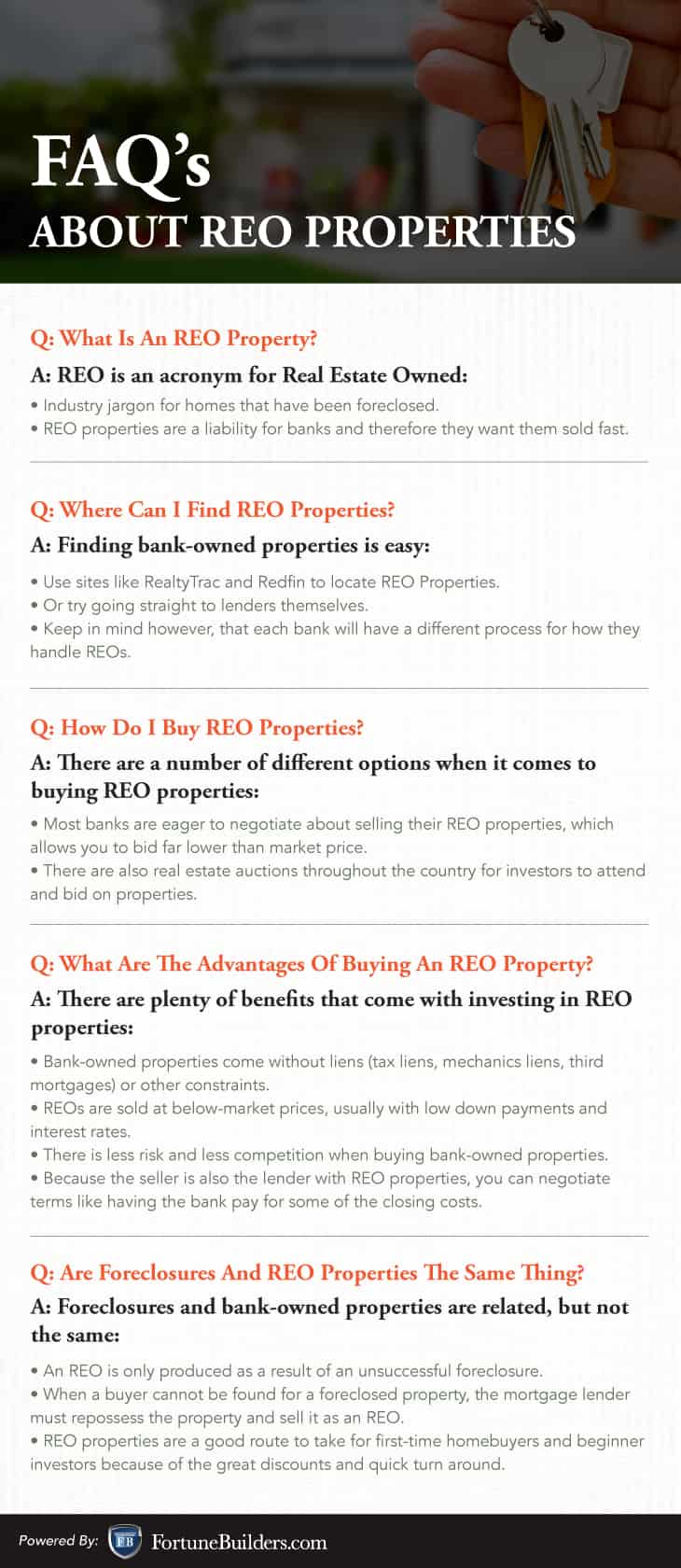The reason most loan providers need a 20% deposit is due to equity. If you don't have high adequate equity in the house, you're thought about a possible default liability. In easier terms, you represent more danger to your lending institution when you do not spend for enough of the home. PMI is calculated as a percentage of your original loan quantity and can vary from 0. 3% to 1. 5% depending on your down payment and credit rating. As soon as you reach a minimum of 20% equity, you can request to stop paying PMI.Homeowners association (HOA) fees prevail when you purchase a condo or a home that belongs to a planned neighborhood.
The charges cover common charges, such as community area upkeep (such as the yard, community swimming pool or other shared amenities) and structure maintenance. When you're looking at properties, HOA charges are typically divulged upfront, so you can see just how much the current owners pay per month or each year. HOA costs are an additional continuous charge to contend with, they do not cover real estate tax or property owners insurance coverage in the majority of cases. Select a long loan term, Buy a more economical home, Pay a bigger deposit, https://www.globenewswire.com/news-release/2020/03/12/1999688/0/en/WESLEY-FINANCIAL-GROUP-SETS-COMPANY-RECORD-FOR-TIMESHARE-CANCELATIONS-IN-FEBRUARY.html Discover the lowest interest rate readily available to you, You can expect a smaller bill if you increase the variety of years you're paying the mortgage.
For instance, a 15-year home loan will have greater regular monthly payments than a 30-year mortgage loan, because you're paying the loan off in a compressed quantity of time. An apparent however still essential route to a lower regular monthly payment is to buy a more economical home. The higher the house rate, the greater your month-to-month payments. This ties into PMI. If you don't have sufficient saved for a 20% deposit, you're going to pay more every month to secure the loan. Purchasing a home for a lower rate or waiting up until you have bigger deposit cost savings are two methods to conserve you from larger regular monthly payments.
You do not need to accept the first terms you obtain from a lender. Try shopping around with other lending institutions to discover a lower rate and keep your month-to-month home mortgage payments as low as possible. If you have an FHA loan, the PMI sticks with you throughout the remainder of the loan. The only method to leave it is to re-finance, which is another process in and of itself. If you have a conventional loan, the PMI will burn when you reach 20% LTV, but that will normally take 7-10 years. There are a couple of ways to leave paying PMI. Put 20% down Discover a portfolio lender: Portfolio lending institutions are those that keep their loans on their own books. In other words, they don't offer their loans to Fannie or Freddie, so they are able to be more flexible.
The 8-Minute Rule for How To Buy Real Estate With No Money Down
While you may not pay PMI, your interest rate might be greater, which may not eventually make a big impact on your month-to-month payment. 80/10/10 contract: Some lenders will offer an 80/10/10 arrangement. With this technique, you take out your regular 80% loan that would avoid PMI entirely (How to become a real estate mogul). You then take out an extra loan for 10%, and after that you just put 10% down yourself. This can be dangerous since that additional 10% loan may have insane terms, including balloon payments, adjustable interest rates, and so on. Take a look at this short article to learn more about PMI.

Mortgage Insurance (likewise referred to as home loan warranty and home-loan insurance coverage) is an insurance plan which compensates loan providers or financiers for losses due to the default of a home loan. Home loan insurance can be either public or personal relying on the insurance provider. The policy is also called a mortgage indemnity assurance (MIG), particularly in the UK. In Australia, debtors need to pay Lenders Home mortgage Insurance coverage (LMI) for home loans over 80% of the purchase cost. [] In Singapore, it is obligatory for owners of HDB flats to have a home mortgage insurance coverage if they are utilizing the balance in their Central Provident Fund (CPF) accounts to spend for the month-to-month installment on their mortgage.
Personal mortgage insurance, or PMI, is usually required with many standard (non government backed) mortgage programs when the down payment or equity position is less than 20% of the property worth. In other words, when purchasing or refinancing a home with a traditional mortgage, if the loan-to-value (LTV) is higher than 80% (or equivalently, the equity position is less than 20%), the debtor will likely be needed to bring personal home loan insurance. PMI rates can vary from 0. 14% to 2. 24% of the principal balance each year based upon percent of the loan insured, LTV, a fixed or variable rates of interest structure, and credit history.
The majority of people pay PMI in 12 monthly installments as part of the mortgage payment. In the United States, PMI payments by the customer were tax-deductible till 2018. Debtor paid private home loan insurance, or BPMI, is the most typical kind of PMI in today's home mortgage financing market. BPMI allows customers to obtain a home mortgage without having to offer 20% deposit, by covering the loan provider for the added threat of a high loan-to-value (LTV) home loan. The United States Homeowners Defense Act of 1998 permits borrowers to demand PMI cancellation when the Visit this link amount owed is reduced to a particular level. The Act needs cancellation of borrower-paid home loan insurance coverage when a certain date is reached.
The smart Trick of What Is A Short Sale In Real Estate That Nobody is Discussing
BPMI can, under certain circumstances, be cancelled earlier by the servicer purchasing a new appraisal showing that the loan balance is less than 80% of the house's value due to appreciation. This typically needs at least two years of on-time payments. What is a real estate broker. Each investor's LTV requirements for PMI cancellation differ based on the age of the loan and current or initial tenancy of the house. While the Act uses only to single family primary homes at closing, the investors Fannie Mae and Freddie Mac enable home mortgage servicers to follow the exact same rules for secondary houses. Investment residential or commercial properties usually require lower LTVs.
In some cases, the Lender is giving the debtor a credit to cover the cost of BPMI. Lender paid private home loan insurance coverage, or LPMI, resembles BPMI other than that it is paid by the loan provider and built into the rate of interest of the home loan. LPMI is usually a feature of loans that claim not to require Home mortgage Insurance for high LTV loans. The advantage of LPMI is that the overall regular monthly home loan payment is frequently lower than an equivalent loan with BPMI, but due to the fact that it's built into the rate of interest, a customer can't eliminate it when the equity position reaches 20% without refinancing.

In mortgage insurance, a master policy issued to a bank or other mortgage-holding entity (the insurance policy holder) lays out the terms of the protection under insurance coverage certificates. The certificates document the specific attributes and conditions of each private loan. The master policy includes numerous conditions including exemptions (conditions for rejecting protection), conditions for notification of loans in default, and claims settlement. The contractual provisions in the master policy have actually received increased examination since the subprime home mortgage crisis in the United States. Master policies typically require timely notice of default include provisions on regular monthly reports, time to file suit limitations, arbitration contracts, and exemptions for neglect, misstatement, and other conditions such as pre-existing environmental impurities.
Protection can be rescinded if misrepresentation or scams exists. In 2009, the United States District Court for the Central District of California identified that home mortgage insurance coverage could not be rescinded "poolwide". Home mortgage insurance began in the United States in the 1880s, and the first law on it was passed in New York in 1904. The market grew in action to the 1920s real estate bubble and was "entirely bankrupted" after the Great Anxiety. By 1933, no private mortgage insurance provider existed.:15 The bankruptcy was associated with the market's involvement in "home loan pools", an early practice comparable to home loan securitization. The federal government started insuring mortgages in 1934 through the Federal Housing Administration and Veteran's Administration, however after the Great Anxiety no personal mortgage insurance coverage was authorized in how to get out of a timeshare legally the United States until 1956, when Wisconsin passed a law enabling the very first post-Depression insurer, Home mortgage Guaranty Insurance Corporation (MGIC), to be chartered.